When it comes to gardening, there are many different decisions to make. What type of plants should you grow? What type of soil should you use? How much water do they need? These are all important questions that can determine the success or failure of your garden. In this article, we will focus on the difference between garden soil and potting soil. We’ll answer some common questions and provide some useful tips to help you choose the right type of soil for your needs!
The Importance of Soil Quality for Plants
Every plant needs certain minerals and nutrients from the soil in order to survive. The quality of the soil can make a big difference in how well a plant grows. No matter what type of plants you are growing, the quality of the soil is paramount to their success. The wrong type of soil can lead to problems like poor drainage, compaction, and a lack of nutrients. In order to ensure that your plants are getting the best possible start, it is important to choose the right type of soil for them.
Both have their own benefits and drawbacks, so it’s important to choose the right one for your needs.The Importance of Soil Quality for Plants
A garden soil is simply the top layer of earth in your yard where you plant your flowers, vegetables, and other plants. It is essentially the type of soil that you would find in a garden bed or in a field. It is made up of a mixture of sand, silt, and clay particles, as well as organic matter.
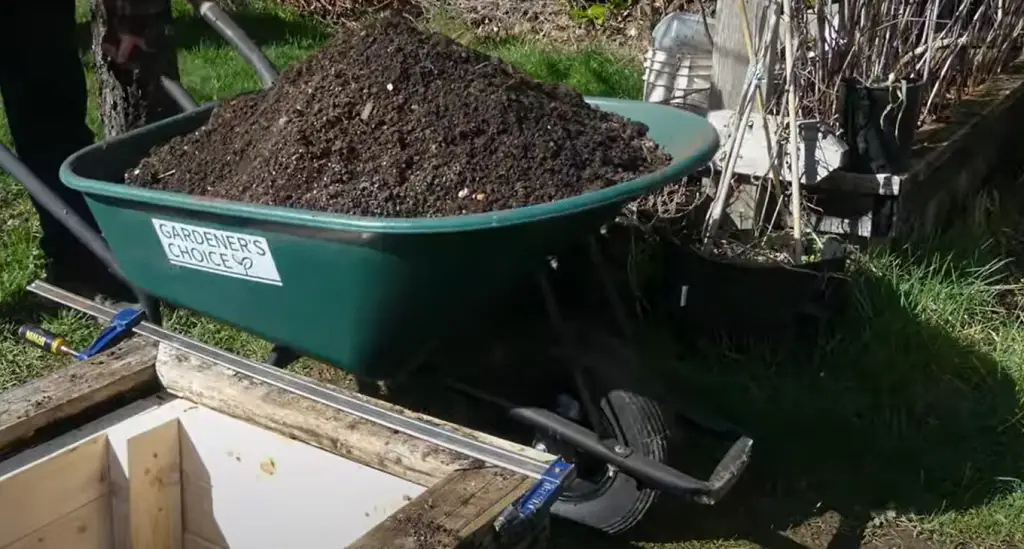
Garden soil is usually dark in color and has a crumbly texture. If you have healthy garden soil, it will be loose and easy to dig in with plenty of drainage so that water doesn’t pool on the surface or drain too quickly.
Ideal for outdoor use
Garden soil is the option to go for if you are planting in an outdoor garden bed or in the ground. Because it is mixed with organic matter, it is ideal for plants that need a lot of nutrients, such as vegetables. Garden soil will hold moisture better than potting soil and will also provide drainage for your plants.
Renewability
Another of the benefits of garden soil is that it is a renewable resource. You can improve the quality of your garden soil by adding compost and other organic matter to it on a regular basis. This will help to replenish the nutrients that have been used up by plants, as well as improve the structure of the soil.
Garden soils are also relatively easy to take care of since they don’t need to be replanted every year like potting soils do. With proper care, your garden soil will last for many years and provide a good foundation for your plants.
Easy to fertilize
Garden soil is easy to fertilize because it already contains the necessary nutrients for plants to grow. You can simply add more fertilizer to the soil if you want to give your plants a boost. Fertilizing garden soil is also relatively inexpensive because you don’t need to buy special potting mix or anything like that.
Affordable
This brings us to the next advantage of using garden soil is that it is very affordable. You can find it for free if you have your own yard or garden, or you can buy it by the bag at most home improvement stores. It is a great option for those who are looking to save money on their gardening project.
This will give your plants the nutrients they need to grow healthy and strong. Garden soil can also be very heavy, so if you plan on using it in pots or containers, make sure that they are sturdy enough to support the weight. [1],[2],[3]Disadvantages of Garden Soil
As you can see, garden soil is perfectly suitable for plant growth and has many advantages. However, there are also some disadvantages to using garden soil that you should be aware of before making a decision.
Lack of nutrients
One of the main disadvantages of garden soil is that it can lack nutrients. This is because garden soil is often left bare and exposed to the elements, which can strip it of its nutrient content. Over time, the garden soil will be unable to provide the same level of nutrition to plants as it did when it was first created.
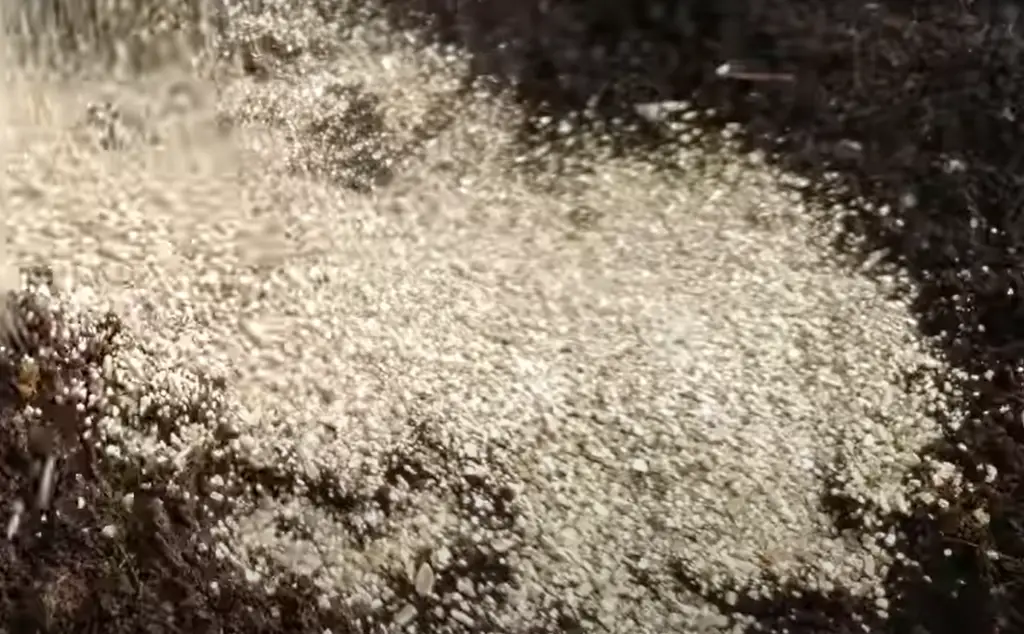
To combat this, gardeners need to regularly replenish the soil with compost or other organic matter. This will help to keep the soil nutrient-rich and ensure that plants are able to thrive.
Another downside of garden soil is that it can be difficult to control its pH levels. Garden soil is naturally alkaline, which means it has a high pH level. This can be problematic for certain plants that prefer acidic conditions. For example, blueberries require an acidic environment in order to flourish and will not do well in alkaline garden soil.
Dense structure
Garden soil is dense. It’s made up of clay, silt, and sand particles that have been combined over time by the actions of water and wind. This density makes it difficult for plant roots to penetrate. Garden soil also tends to be more alkaline than potting soil, which can make it difficult for plants to absorb nutrients.
The dense structure of the garden soil also makes it way less breathable than potting soil. This lack of aeration can lead to problems with drainage, as water will have difficulty penetrating the soil and causing it to become waterlogged.
To improve the structure of garden soil, gardeners can add organic matter such as compost or peat moss. This will help to break up the dense clay particles and improve drainage.
If you’re planting in garden soil, you may need to amend it with organic matter or sand to improve its drainage and make it more hospitable for plant roots. You can also add amendments to change the pH level of garden soil if necessary. Because of this, garden soil is best suited for established plants that are already growing well.
Poor drainage
What makes garden soil is not ideal for potted plants has to do with drainage. Just as we mentioned, garden soil is dense, and it doesn’t drain well. That means that when you water your plants, the water has nowhere to go. It just sits on top of the soil, and your plants’ roots can’t get the oxygen they need.
Potted plants need well-drained soil so their roots can breathe. If you’re using garden soil in a pot, you might see your plant wilting, even if you’re watering it regularly. Poor drainage is often fatal for potted plants because the roots can rot in wet, dense soil.
It’s not sterile
Lastly, garden soil can contain living organisms, including bacteria, fungi, and insects. These organisms help decompose organic matter and release nutrients that plants need to grow. Garden soil also provides a home for earthworms and other beneficial creatures that help aerate the soil and improve drainage.
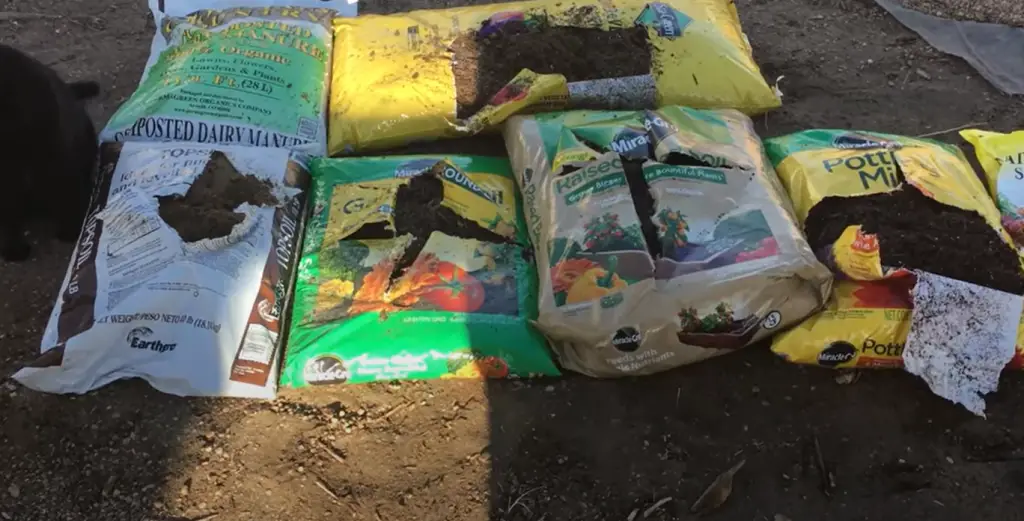
Garden soil can also contain weed seeds, which means that you may end up with weeds in your garden bed if you use it. This is why it is always a good idea to sterilize your garden soil before using it.
Even if garden soil seems sterile, it can still become contaminated with harmful bacteria, fungi, or chemicals. This can happen if you use contaminated water to irrigate your garden, or if you add compost or manure that contains harmful pathogens. To reduce the risk of contamination, it’s important to practice good hygiene when handling garden soil. [1],[2],[3]
Advantages of Potting Soil
Now, let’s move on and talk about potting soil. Potting soil is a type of soilless planting mix that is made up of organic materials like peat moss, coco coir, or vermiculite. It often also contains some type of fertilizer to help the plants grow. Potting soil is lighter in color than garden soil and has a spongy texture.
Soft, airy structure
One of the advantages of potting soil is that it has a soft, airy structure. This makes it easy for plant roots to penetrate and helps to ensure good drainage. The porous nature of potting soil also allows excess water to drain away, preventing the roots from becoming waterlogged.
Because potting soil is so light and airy, it can dry out quickly. This means that you will need to water your plants more often than if they were planted in garden soil. However, the improved drainage will help to prevent root rot, even if you do forget to water your plants for a few days.
Another advantage of potting soil is that it doesn’t compact like garden soil does. Compacted soil can make it difficult for plant roots to grow and spread out.
Improved aeration
Potting soil is also known for its improved aeration. This means that there is more oxygen available in the soil, which is essential for plant growth. Plants need oxygen for their roots to respire and take in nutrients from the soil. The improved aeration in potting soil is due to the fact that it contains larger particles than garden soil. These larger particles create more spaces between them, allowing air to circulate more freely.
Better drainage
Obvious advantage of potting soil is that it has better drainage than garden soil. This is because it is made up of organic materials that are lightweight and full of air pockets. This type of soil drains much more quickly than garden soil, which means that your plants are less likely to become waterlogged and rot.
Potting soil also stays loose and aerated over time, while garden soil tends to compact and become dense. This compacted state can make it difficult for plant roots to penetrate the soil and access the nutrients they need to grow.
Nutrient enrichment
Another advantage of potting soil is that it is often enriched with nutrients that are essential for plant growth. This is because many commercial potting mixes contain fertilizer, which can help to give your plants a boost. Garden soil typically doesn’t have any added fertilizer, so you may need to supplement it with compost or other organic matter.
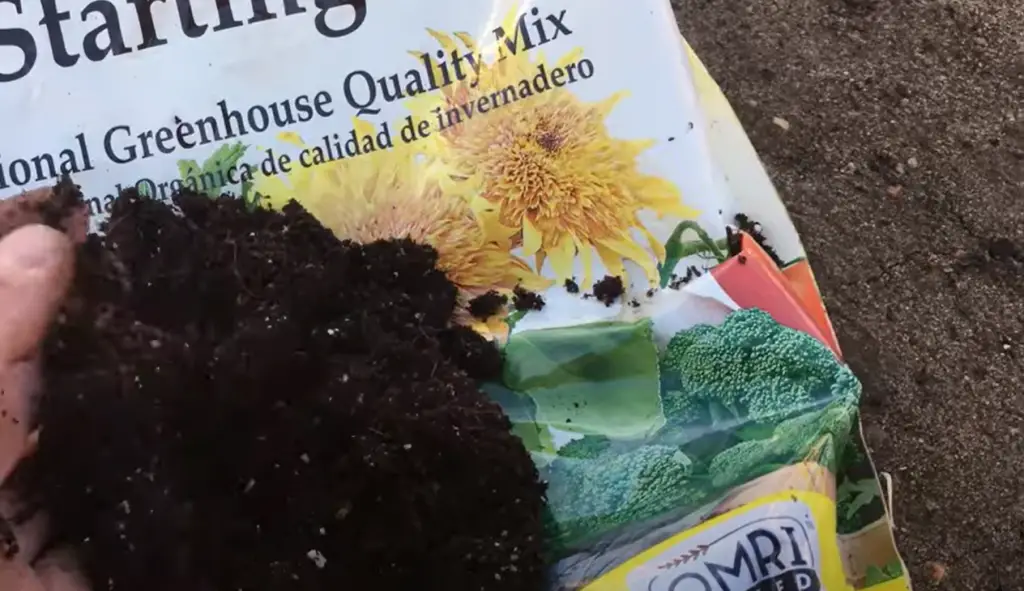
Because it already contains the nutrients that plants need to grow, so you don’t have to worry about fertilizing as often. Potting soil is also easier to control than garden soil because you can add or remove nutrients as needed.
Potting mixes are also less acidic than garden soil, which can be beneficial for plants that prefer a more neutral pH.
It’s sterile
The most important difference between potting soil and garden soil is that potting soil is sterile. We already discussed how garden soil can contain harmful bacteria, fungi, and other organisms that can damage or even kill your plants. Potting soil, on other hand, doesn’t have any living organisms in it. This is important for starting seeds and growing plants in containers because you don’t want them to be competing with other organisms for food and water.
Sterile potting mix also helps to prevent the spread of disease from one plant to another.
Disadvantages of Potting Soil
While potting soil is a superior option for many gardeners, there are a few disadvantages to using it.
It’s expensive
One of the biggest disadvantages of potting soil is that it can be quite expensive. This is because it often contains more expensive ingredients than garden soil, such as perlite and vermiculite. If you’re on a tight budget, you may want to stick with garden soil or make your own potting mix using cheaper ingredients.
Another downside of potting soil is that it can be difficult to find in stores. Garden centers typically carry a limited selection of potting soils, so you may need to order it online or from a specialty gardening store.
Not suitable for organic gardening
If you’re interested in organic gardening, potting soil may not be the best option. This is because most commercial potting mixes contain synthetic fertilizers and other chemicals that are not allowed in organic agriculture. If you want to use potting soil for organic gardening, make sure to choose a brand that is certified organic. [1],[2],[3]
How Do You Know Which Soil Should You Use?
Now that’s a lot of information! But this leads us to a very important question – how do you know which soil should you use?
Ultimately, the choice depends on the plant species and the growing conditions. For most plants, potting soil is a better choice than garden soil. However, there are some instances where garden soil may be a better option.

For example, if you plan on planting your plants in containers that will be placed in direct sunlight, potting soil is a better option. It provides enough nutrients and drainage for plants that are exposed to direct sunlight. But most important;y, it is sterile, which means it doesn’t contain any harmful bacteria or fungi that could potentially harm your plants.
Garden soil, on the other hand, is a better choice for plants that will be grown in the ground, outdoors. It is way more accessible than potting soil and it is also cheaper. Garden soil can easily enrich outdoor plant beds and help your plants grow healthy and strong.
You can also use garden soil to create your own potting mixes. Simply add some garden soil to a container, and then mix in some organic matter like compost or manure. This will create a well-aerated potting mix that is perfect for growing plants in containers.
FAQ
What happens if you use garden soil in pots?
If you use garden soil in pots, the plants will most likely not thrive. This is because garden soil is dense and does not drain well. Additionally, garden soil often contains harmful bacteria and fungi that can be detrimental to potted plants.
It’s best to use potting soil in pots and containers. Potting soil is much lighter than garden soil and drains more easily. This prevents overwatering, which can lead to root rot—a common problem when using garden soil in pots. Additionally, potting mix often contains nutrients that are beneficial for potted plants.
Can you use potting soil instead of garden soil?
The answer is maybe. If you are growing plants in containers, then you will need to use potting soil. Potting soil is specially formulated to provide the necessary drainage and aeration that containerized plants need. Garden soil can be used in a pinch, but it may not provide adequate drainage and aeration for your potted plants.
If you are planting directly in the ground, then you will need to use garden soil. Garden soil is a mix of topsoil, compost, and sand or other amendments that help improve drainage and aeration. This type of soil is ideal for plants that are growing directly in the ground because it provides the necessary nutrients and structure for plant roots to thrive.
Why can’t you use garden soil in pots?
The primary difference between garden soil and potting soil is the amount of organic matter each contains. Garden soil is a general-purpose mix that’s heavy on clay and sand particles with some organic matter mixed in. Potting soil, on the other hand, is made up primarily of organic matter, such as peat moss or compost, with smaller amounts of perlite or vermiculite added for drainage.
Can garden soil be used for plants?
Garden soil can be used for plants, but it is not ideal. Garden soil is often heavy and compacted, which can make it difficult for plant roots to grow. Additionally, garden soil may contain harmful chemicals or insects that could harm your plants.

Potting soil is a better option for most plants. Potting soil is lighter and fluffier, which makes it easier for plant roots to grow. Additionally, potting soil is sterile, so you don’t have to worry about harmful chemicals or insects harming your plants.
Can I use Miracle Gro All Purpose garden soil in pots?
While Miracle Gro All Purpose garden soil can technically be used in pots, it is not the ideal potting mix for a number of reasons. For one, garden soil is generally much heavier and more dense than potting soil. This can make it difficult to work with and can cause compaction issues in your pots. Additionally, garden soil often contains clay particles which can bind together and prevent roots from spreading properly. Finally, garden soills typically have a lower pH than potting soils, meaning they are more acidic. This can make it difficult for plants to uptake nutrients from the soil. For these reasons, we recommend using a lighter potting mix specifically designed for container gardening.
Useful Video: Topsoil vs Garden Soil vs Potting Soil – Garden Quickie Episode 61
Conclusion
Gardening is a challenging but rewarding hobby. By understanding the difference between garden soil and potting soil, as well as when to use each type, you can set your plants up for success. Garden soil and potting soil may look similar, but they actually have very different properties. Garden soil is typically heavier and more dense than potting soil. This is because it contains more clay and organic matter. Because of this, it’s not suitable for pots or other containers. Potting soil, on the other hand, is designed to be lightweight and well-aerated. It’s made with ingredients like peat moss, perlite, and vermiculite. This type of soil is ideal for container gardening because it allows roots to breathe and prevents waterlogging. So, which one should you use for your plants? If you’re growing plants in pots or containers, then potting soil is the way to go. If you’re planting in the ground, then garden soil will work just fine. Thanks for reading, and happy gardening!
References:
- https://www.bobvila.com/articles/garden-soil-vs-potting-soil/
- https://www.hgtv.com/outdoors/gardens/planting-and-maintenance/what-is-difference-between-potting-soil-garden-soil
- https://harpersnurseries.com/garden-soil-vs-potting-soil/





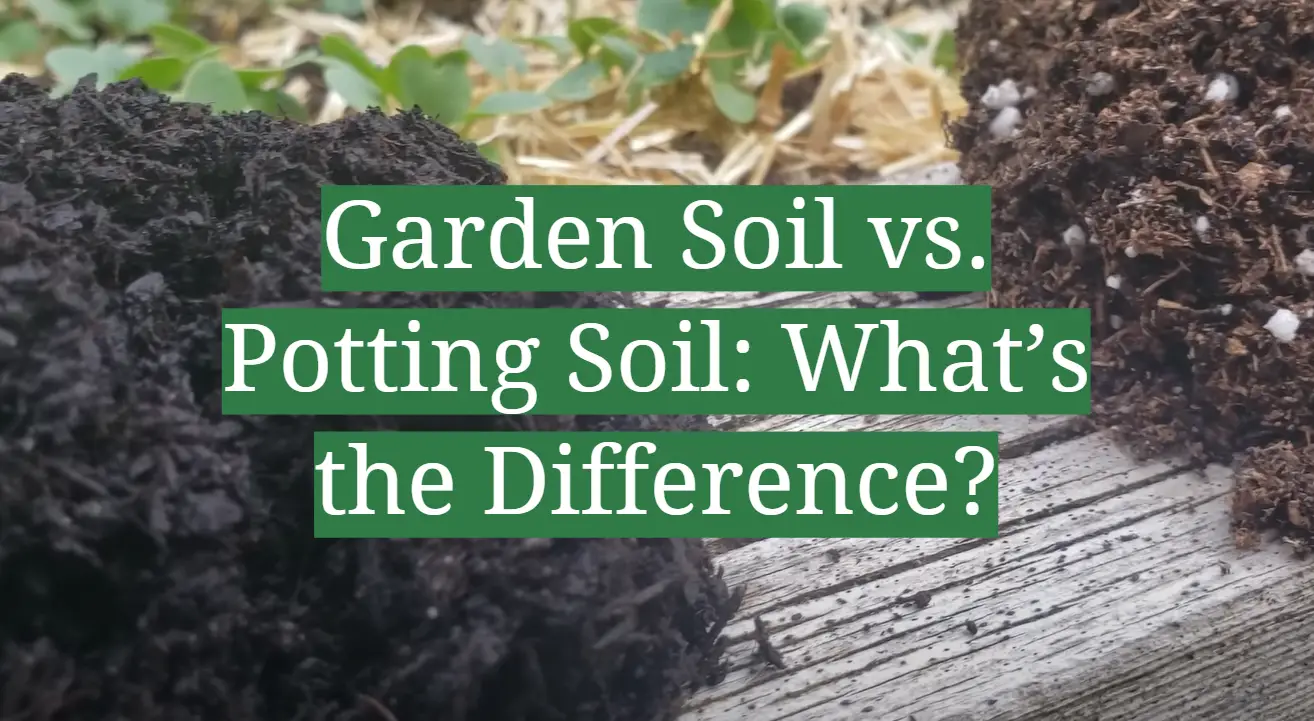
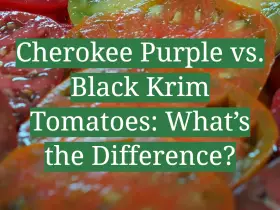
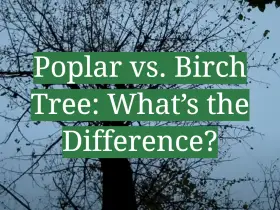


Leave a Reply
View Comments